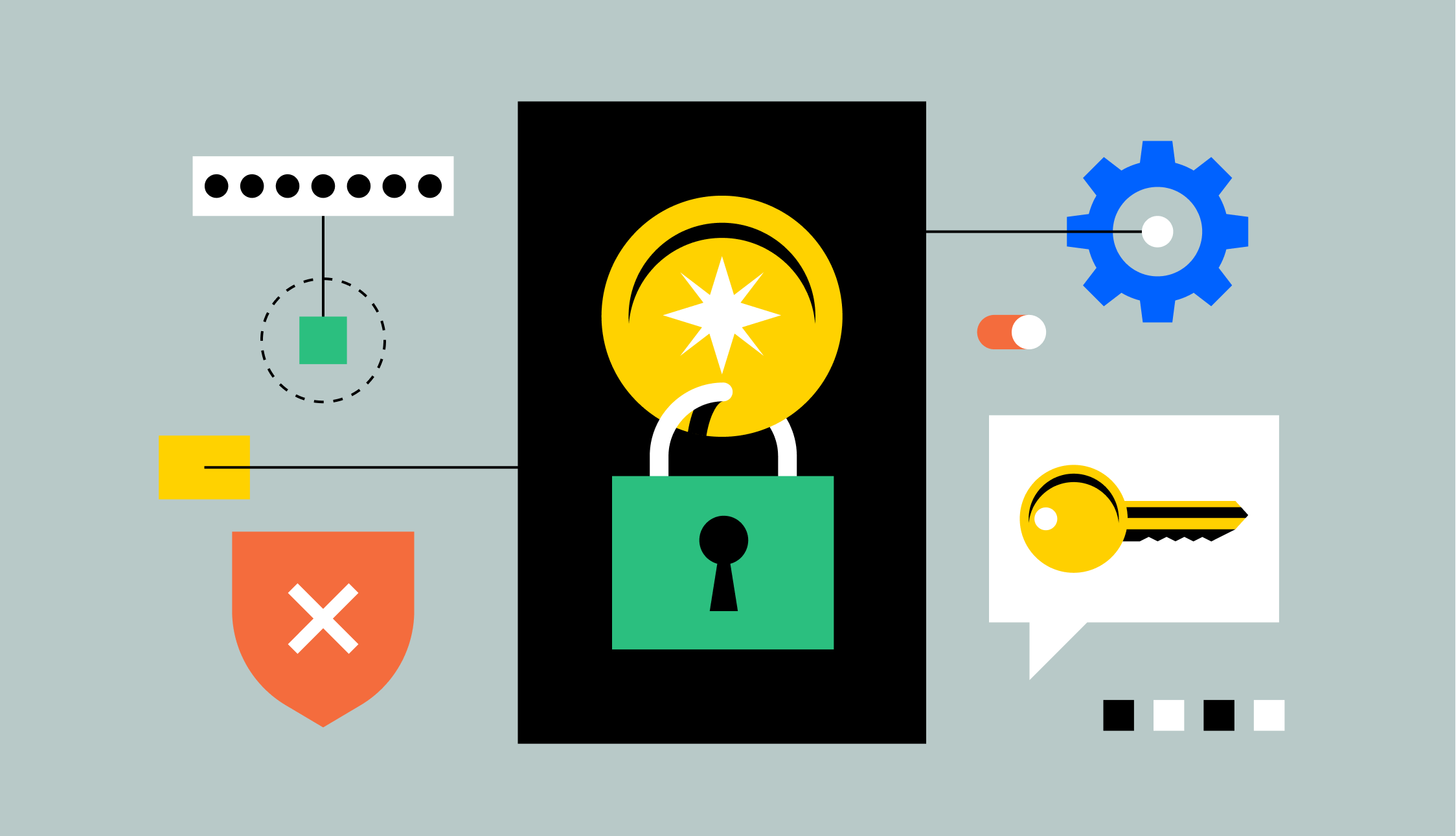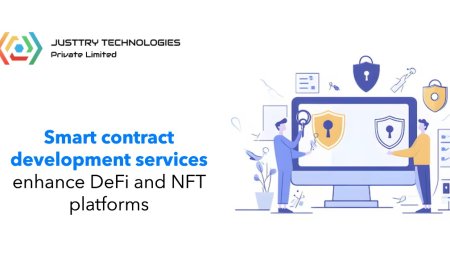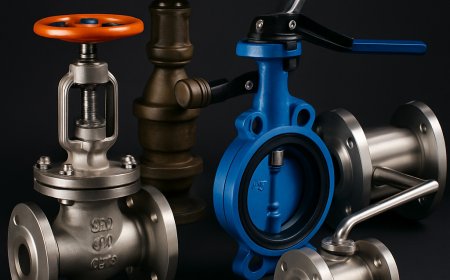Crypto Asset Protection: Why 2025 Is the Year of Self-Custody?
Discover why 2025 marks the rise of cold wallet adoption. Learn how the best cold wallet solutions empower crypto users with unmatched asset security and control.

In the high-speed world of cryptocurrency, fortunes can be made or lost in the blink of an eye. But while most headlines focus on price volatility and trending tokens, a quieter, more foundational shift is happening: investors are waking up to the importance of protecting their assets, not just trading them. With more cyber threats, stricter regulations, and a growing wave of centralized exchange failures, crypto users are prioritizing one thing above all security.
This growing awareness has reignited the debate around the best cold wallet options available today. As more investors seek to reclaim full ownership of their assets, offline storage solutions have moved from niche to necessary. Cold wallets, which store private keys offline and away from internet access, offer the kind of robust defense that hot wallets or exchange accounts simply can't match.
Why Self-Custody Has Become a Top Priority?
In 2022 and 2023, the collapse of major platforms like FTX and Celsius revealed a harsh truth: not your keys, not your crypto. These failures didn't just result in billions in lost user funds they catalyzed a cultural shift. Users began to look beyond yield and convenience, demanding sovereignty and control.
1. Centralized Failures Woke Up the Market
According to Glassnode data, over 30% of all BTC held on exchanges in 2021 has since been moved to self-custodial wallets. The trend isn't slowing in 2025 in fact, it's accelerating. Every regulatory crackdown or platform failure serves as a reminder that third parties aren't fail-safe.
2. Increasing Cyber Threats
DeFi exploits and phishing attacks have surged. In 2024 alone, Chainalysis reports that over $1.9 billion in crypto was stolen, most of it from hot wallets and browser-based extensions. Cold wallets, disconnected from internet access, offer a formidable layer of protection against such attacks.
3. Regulation Is Closing In
Governments around the world are tightening crypto oversight. From the EUs MiCA regulations to U.S. tax enforcement initiatives, the lines between permissioned and permissionless are blurring. Investors are realizing that retaining custody of their assets is also a way to retain financial freedom.
Understanding Cold Wallets: The Basics
A cold wallet is any type of crypto storage that is offline. While software wallets or exchange accounts rely on internet connectivity (making them vulnerable to hacks), cold wallets store keys in physical devices or even paper, far removed from digital threats.
Types of Cold Wallets
-
Hardware Wallets: Physical devices (like Ledger or Trezor) that store private keys securely offline.
-
Paper Wallets: Printed keys stored in a secure location not as common today due to user risks.
-
Air-Gapped Devices: Computers or phones never connected to the internet, dedicated only to signing transactions.
Each comes with pros and cons, but all prioritize one thing: eliminating online exposure.
2025 Trends: Cold Storage Is Going Mainstream
What was once a tool used only by crypto veterans is now finding its way into the hands of everyday investors. Why?
1. User-Friendly Interfaces
Modern hardware wallets offer mobile apps, intuitive UIs, and Bluetooth connectivity features that make them as accessible as any fintech app, without compromising on security.
2. Multichain Support
With users holding assets across Ethereum, Solana, Polygon, Avalanche, and beyond, todays wallets must accommodate multiple chains. Cold wallet manufacturers have adapted, supporting everything from NFTs to staking features.
3. Mobile Security Enhancements
More users are managing their crypto on smartphones. Cold wallets are now compatible with mobile platforms, offering secure transaction signing without revealing keys. This is especially useful for travelers or those who rely on phones for asset management.
4. DeFi Integration
Offline storage used to mean offline everything. Not anymore. With watch-only wallets and secure signing options, users can now interact with DeFi protocols while keeping their keys offline.
Research-Backed Signals: The Rise of Cold Storage
The market is reflecting these shifts:
-
Ledger reported a 47% increase in hardware wallet sales in Q1 2025 compared to Q1 2024.
-
Trezor launched its open-source firmware for institutional clients, signaling broader adoption among funds and asset managers.
-
A survey by CoinGecko found that 64% of crypto users plan to move at least half their holdings into cold storage by the end of the year.
-
Over $35 billion in BTC is now held in wallets that havent been accessed in over a year, suggesting long-term holders are embracing cold storage strategies.
How to Choose the Right Cold Wallet?
If you're considering cold storage in 2025, here's what to look for:
? Compatibility
Ensure the wallet supports all the blockchains and token standards you use, especially if you're involved in DeFi or NFT ecosystems.
? Backup & Recovery
Shamir Secret Sharing or encrypted seed phrase backups can prevent permanent loss if your device is damaged or lost.
? Secure Element Chip
This hardware feature isolates private keys from the device OS, adding another layer of defense.
? Reputation & Open Source
Stick with trusted brands that offer transparency in code and security practices. Closed-source wallets are harder to verify for vulnerabilities.
The Bigger Picture: Cold Storage and Financial Sovereignty
At its core, the movement toward cold wallets is about more than security its about sovereignty. In a world increasingly digitized and surveilled, owning your assets means more than just seeing a number on an exchange screen. It meanscontrol.
Cold storage enables:
-
Unrestricted access to funds, regardless of jurisdiction or regulatory shifts.
-
Asset protection during political or economic instability.
-
Trustless ownership no reliance on third-party institutions.
As the crypto market grows and matures, its no longer enough to chase the next big coin or platform. The focus in 2025 is shifting toward sustainable practices, responsible management, and long-term asset security.
Final Thoughts
The days of treating self-custody as optional are over. Whether you're a long-term investor, a DeFi degenerate, or someone just entering the space, protecting your assets is mission-critical. In this landscape, cold wallets are no longer nice to have theyre essential.










































